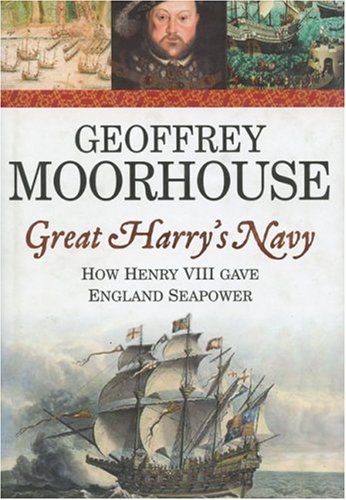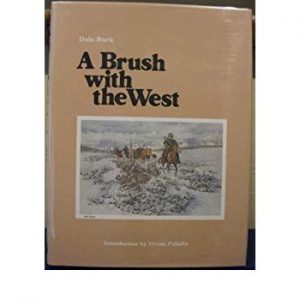Description
pp. xxviii 372.”the author doesn’t only deal with seagoing exploits. Thanks to Henry VIII dockyards were built (Greenwich and Deptford), timber had to be felled in quantities previously unknown (from land seized during the dissolution of the monasteries), and hemp (for rope) was harvested; new skills were developed, not least the gun-founders and the master shipwrights. Some of the ships were celebrated – ‘Henry Grace a Dieu’ (aka ‘Great Harry’) was the biggest ship in the world – 1,000 tons, 122 guns, crew of 700 and the ‘Mary Rose’ (500 tons, 80 guns, 40 crew) became one of the most famous after she heeled over too far, took water and sank with the loss of almost all hands off Portsmouth. In addition to guarding the Channel (three sea wars against the French during Henry’s reign) there were naval skirmishes against the Scots. Moorhouse makes parallels with events 400 years later off Normandy. KING HARRY’S NAVY draws on Moorhouse’s special skills of description and atmosphere, which critics invariably comment on when reviewing his books. ” previous owners inscription on FEP






